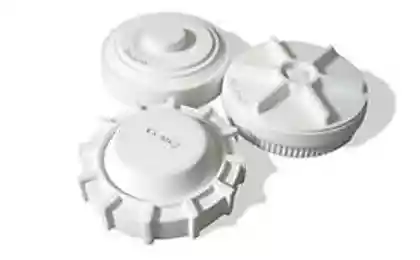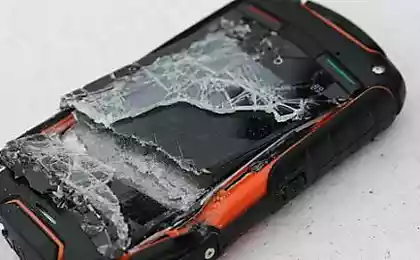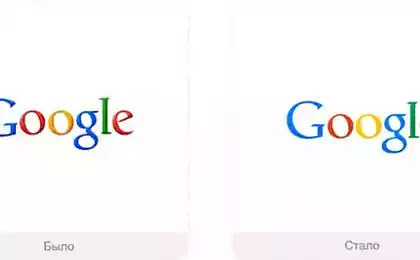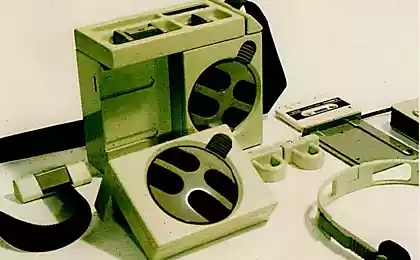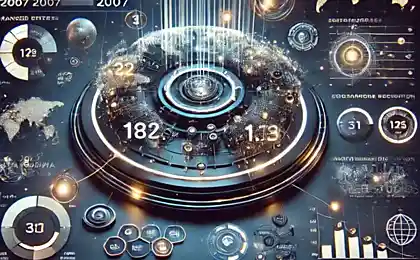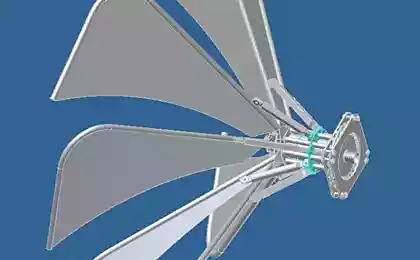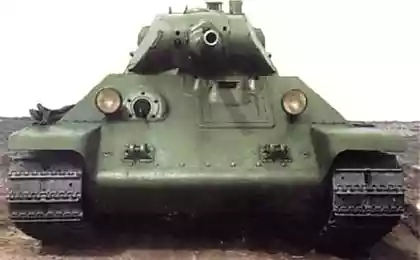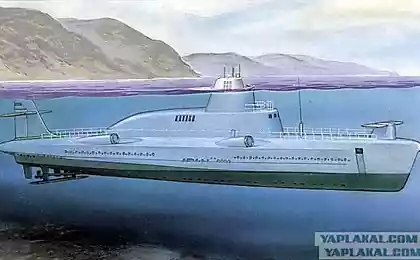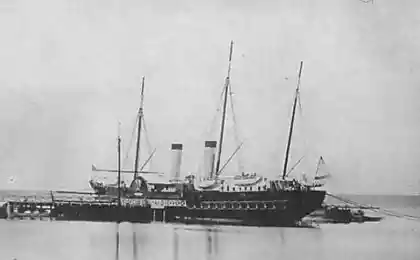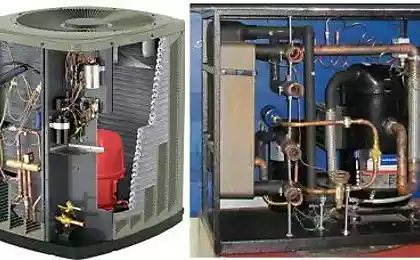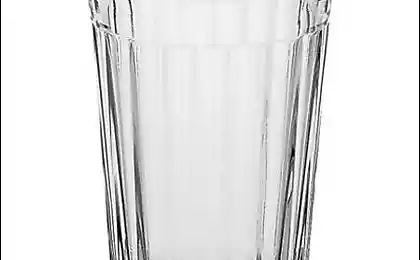The role of industrial design in the creation of products for the electronics market
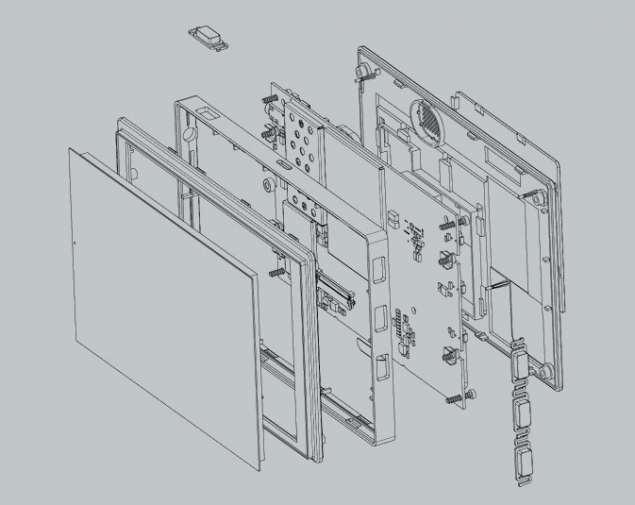
Over a year ago we published Habré brief tutorial review of Industrial Design for electronics: what it is, how to design the case for devices and evaluate the results. This time we want to study the subject more deeply, both in terms of our development team, and from the point of view of economics / marketing project for the customer.
Under the cut we will talk about goals and objectives of industrial design, its role in the development of new products, as well as touch on the issue of return on investment in industrial design.
The purpose of the industrial design in product development h4> To understand the role of industrial design in the creation of the product in the first place to answer the question: why manufacturers need a design, and what he is able to solve the problem? There are many scientific and "mundane" Defining the purpose of industrial design, but they all agree on the fact that the design is the definition of the formal qualities of industrially produced products, such as appearance, structural and functional features and so on. More succinctly formulated the goal of industrial design Tomás Maldonado ( member of the College of Industrial Design USA): to improve the external advantages of objects produced in the industry. Despite the remoteness of this definition, (1969), it is still relevant.
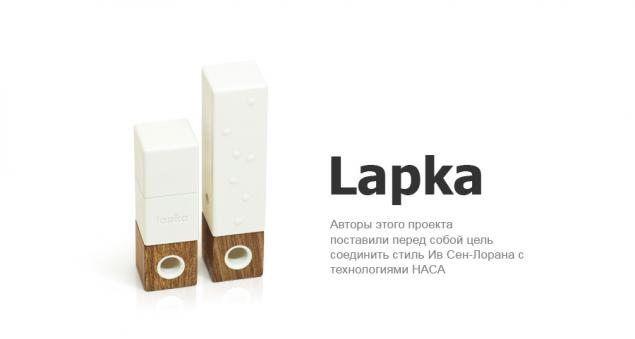
Example №1. B> Lapka - a set of sensors for the iPhone Apple: nitrate, radiometer to measure electromagnetic fields and humidity. In this project, an important role was assigned to the appearance of the device. As a rule, measuring instruments do not have an attractive design. Against the backdrop of traditional devices company Lapka exception, she was able to attract new customers and successfully entered the consumer electronics market. Today, these mobile gadgets sold in the US, Canada and Russia. We have devoted a separate post this project last year. Blockquote>
The importance of industrial design for the consumer h4> The commercial success of any product largely depends on their design.
Identified five objectives that aims to solve the industrial design:
1. B> Ease of use of the product. First of all, it is connected with a user interface that should be safe, as simple and intuitive - already in their appearance, he must inform the user about his appointment.
The practicality of use can be very important, both for simple products and for products with a large number of types of interaction - and the complicated arrangement in this regard, the product is largely dependent on the industrial design. Moreover, the designer must understand the essence of all the possible types of interaction, because each of them may require a separate design approach.
2. B> Serviceability. This parameter is very important for products that require frequent maintenance or repair. Product Details should carry information about the procedures required to maintain, although ideally better to aim for complete elimination of the need for maintenance.
3. B> External quality product. Attractive product is associated with high fashion and image, and, moreover, can cause consumers pride of possession (this is one of the main purposes for which the designer should strive in their work). As industrial design promotes visual product differentiation, it is especially important for products with stable markets and technologies.
4. B> Working with a brand. Product design must inform the consumer about the philosophy and mission of the company. Brand attitude, sympathy for the way products are some conventional constant for the consumer in choosing a product.
5. B> Reduce the cost of equipment and production. Functional features, materials used and other factors greatly affect the production cost of the product, i.e. its cost. Unsuccessful product design, redundant features or use of exotic materials have an impact on the process of processing, assembly, etc. With the right choice of material, taking into account factors relating to the environment and other industrial design can eliminate the significant cost of unnecessary injections when creating a new product.
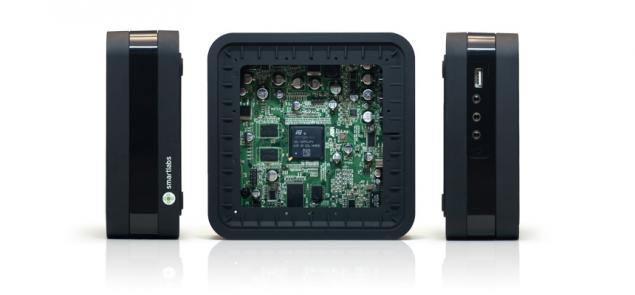
Example №2. B> is already known to you by our list of top 10 digital set-top box IPTV-SML-282 Base of "SmartLabs." Intelligent casing design of the device allowed to provide the required parameters of heat exchange (without visible perforation of the upper and side surfaces of the device). With this in hardware platform prefix is not used active cooling. So with the help of design able to optimize production costs and maintenance without deterioration in the external qualities of the product. Blockquote>
Industrial design plays an important role in determining the key factors of success of a new product, because the average buyer will acquire the product that is attractive in appearance, easy to use and has a relatively high quality.
Although domestic producers can fully aware of the role of industrial design in the creation of a product, but a clear understanding of the place of design in the development process, unfortunately, is not always present.
The place and role of industrial design in the product development process h4> Historically, the producers in the former Soviet Union thought about design in the least, because their design was based on technologies without the emphasis on ergonomics and style. Today, any company due to fierce competition is unlikely to be able to achieve significant competitive advantages only through technology.
However, even in those domestic companies that recognized the role of industrial design, the designers themselves are often involved in product development only in the final stages of the process. The work thus constructed, in most cases does not give the best results, so it is important to choose an informed approach to the use of design in the development of new devices.
Much depends on the orientation of the product. Conditional approach to design can be defined as "net user" and "focus on technology." While in the first case, the main benefit of using the product is bound, for example, functionality or interface with the external aesthetic appeal, and in the latter technology are prioritized, i.e. the product's ability to perform a particular technical problem.
Consider everything in order:
1. For products with user-oriented appearance plays an important role in its differentiation (Unlike similar products of competing companies). The product itself can be technically challenging, however, because of the particular technology is becoming a priority issue of interaction with the user of the product. As examples of such products may serve as a ready to use mass consumer electronics.
In this case, the designer's work is appropriate in the early product development since the early stages of the designer can help with a number of issues:
Marketing assistance in identifying needs, field inspection concepts, market research and so forth. The ergonomics of the device: development of the general concept of the device together with the engineers, and not under their dictation. Li > The definition of the user interface, for example, the designer can provide justification for the adequacy of the two buttons on the device, instead of five, as proposed by engineers.
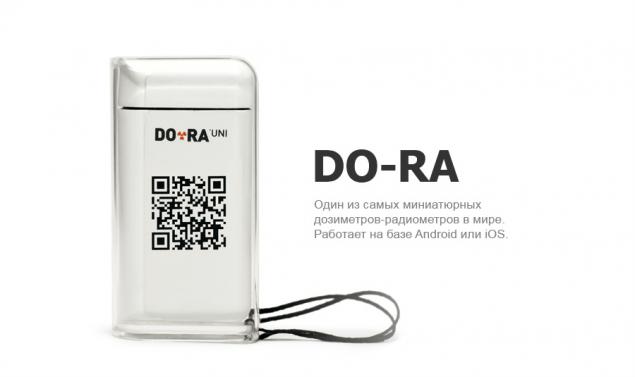
Example №3 «DO-RA» company of "Eurasia Intersoft". This miniature sensor is connected to a variety of mobile devices, use their energy, and the measurement results are displayed in a special program interface for Android or iOS. Project designers have managed to change the usual perspective on a device for measuring radiation and create an entirely new product aimed at a wide audience of potential customers. Customer development applied for the Guinness World Record for the recognition of "DO-RA" the smallest universal dosimeter in the world. Blockquote>
2. For products with orientation on technology are priority issues of technical requirements for devices, engineering solutions. Despite the fact that such products can also have substantial ergonomic requirements need to comply with certain aesthetic external standards and so on., Consumer purchases their technical criterion parameters. Thus, for example, is not particularly important, it looks like the battery in the player - the main thing that it allows users to listen to music for a long time. Examples of such product can serve as shock absorbers for cars, batteries, computer hard drive, and others.
For this type of product designer's work can begin on the later stages of development, because here design issues mainly concern only the external design.

Example №4 our portfolio ) . In this case, the team of designers and constructors decided interesting technical challenge - to develop a mechanism to lock the unit is turned off. The fact that the design of connector OBD-II does not involve the use of locks, it is designed so that the user can freely connect or disconnect devices required. To create a locking mechanism was decided to use a standard design element connector OBD-II - metal strip (see. Photo + scheme). Wedging the locking member (strip) occurs due to the rotation of a special key. This embodiment is easy to manufacture the lock because it does not need a mold machined whole mechanism of the machine. Designers joined in the later stages of development, but at the same time able to ensure compliance with the technical requirements for the device. Blockquote>
Manufacturer at the early stages of development should identify prospective consumer expectations (target audience) and be able to express these expectations in their product. And it is industrial design, primarily designed to solve this problem.
Practice shows that our manufacturers have learned the rules, but do not fully understand how to use them - there is some mixing of ideas or even the imposition of old school to the new laws of the market. Here is an example how it works: the designer is connected to the process of development only at the last stage and pose in front of the finished result of the work of engineers: the device must be, for example, rectangular, interfaces displayed here and here (where it was convenient to bring designers, not where they are convenient to use), etc.
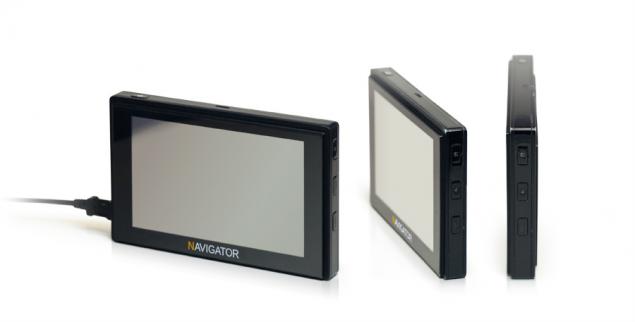
Example №5. I> Car GPS / GLONASS navigation-connected device - an example of harmonious teamwork Designers (описание development ). By matching all stages of the design unit has been realized high density layout of the electronic components used to develop the maximum slim navigator with thoughtful placement of controls and connectors. Strength while being secured by aluminum alloy chassis (see. Explosion diagram of the device at the beginning of the article). Blockquote>
Question ROI of industrial design h4> To answer this question, compare the costs for industrial design and its benefits. Such costs include:
directly to the cost of services of industrial designers; cost of the product elements, which are the result of the work of designers; the costs associated with a possible increase in product development time - for example, designers need to spend a lot of extra work to determine the ergonomic qualities of the product, etc. on i> lshaya customer satisfaction due to additional or improved product features, strong personality of the brand and product differentiation - all of this translates into a price premium for the product and increase market share. In practice, this means that an industrial design pays for itself in the following way:
investments in design lead to a price premium per unit of product (here operates a simple principle: attractive commodity buyer is estimated to be more expensive and, consequently, the consumer is willing to pay more), and then it is possible to determine the overall economic effect for a given projected sales volume ; investments in design lead to an increase in demand for a product that allows you to calculate the profit for a given unit price of the product.
* All the projects described in this article were performed command electronics design center Promwad commissioned by clients from Russia and USA.
Source: habrahabr.ru/company/promwad/blog/244067/





